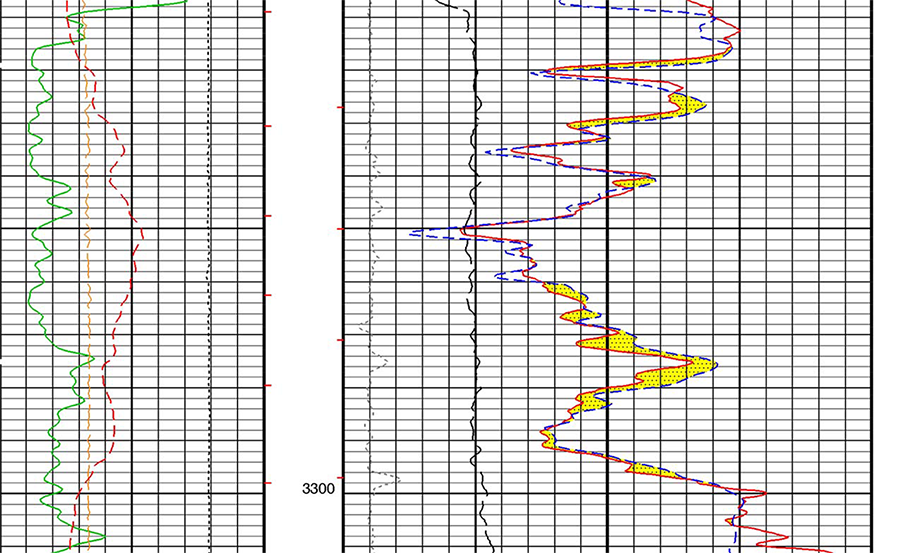Formation Evaluation
Well logging tools are designed for application and interpretation for many types of geologic formations, but are not designed for the exception to the rule. For example, the gamma ray log basically detects naturally occurring radioactive, associated with certain clay constituents. Therefore, the gamma ray log is a shale/non-shale log for which the log works very well. However, the exceptions to the rule is how productive oil and gas formations may be overlooked: when a shale is not radioactive or a non-shale is radioactive.
Reasons oil and gas productive zones look wet are water-wet microporosity (excess conductivity) and lithology changes. Nonproductive zones may look productive if the formation water is lower salinity than expected and the porosity type ends to excessive non-connected pore space.
I find solutions to these well log analyses challenges that can be you and not the person you sell the property.
Conventional well log analyses (i.e. Archie’s water saturation) assumes water-wet intergranular, connected porosity
ROZ Well Log Analyses
Identify Fluid Contacts
Estimate Oil Saturation
Estimate Total Oil in Place
Estimate Residual Oil in Place
| Illinois Basin Example | Shaly Sand Well Log Analyses
Identify low resistivity pay zones. Define net pay. Estimate effective porosity |


